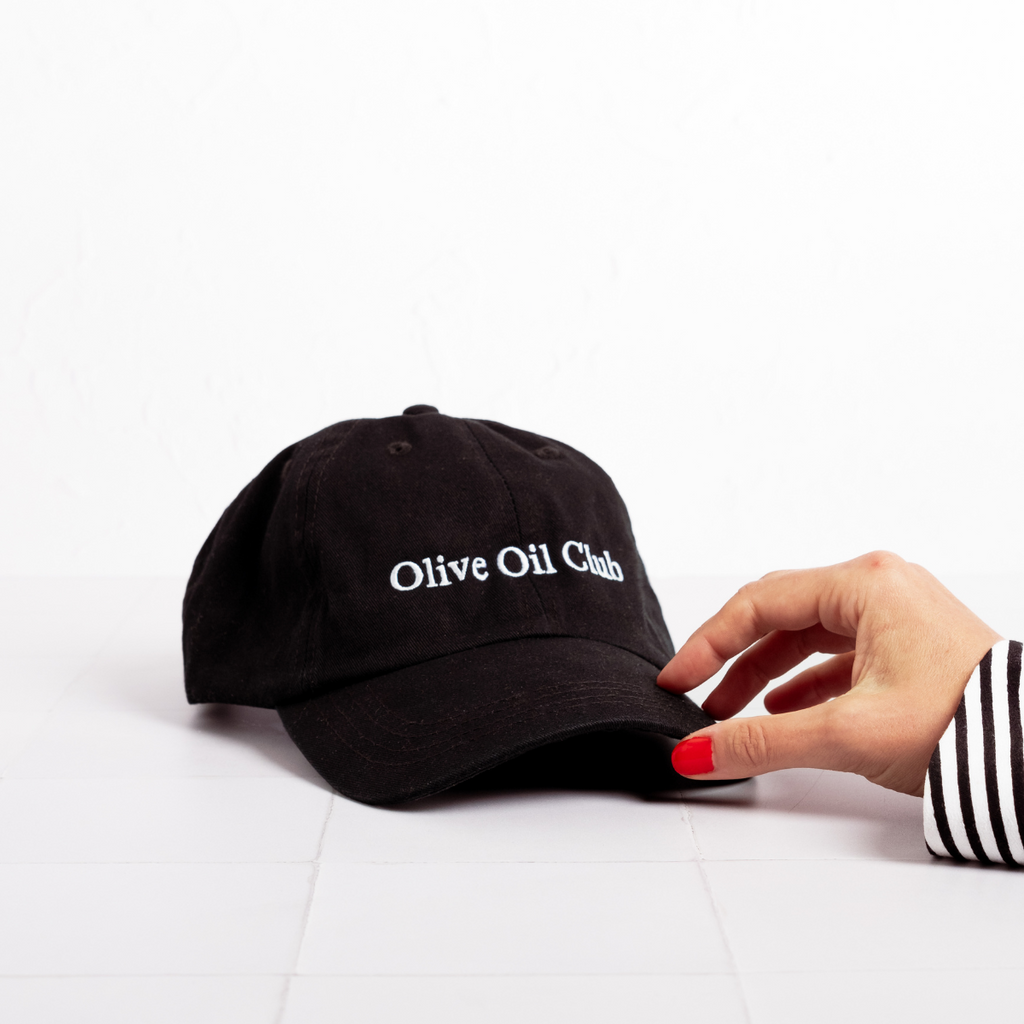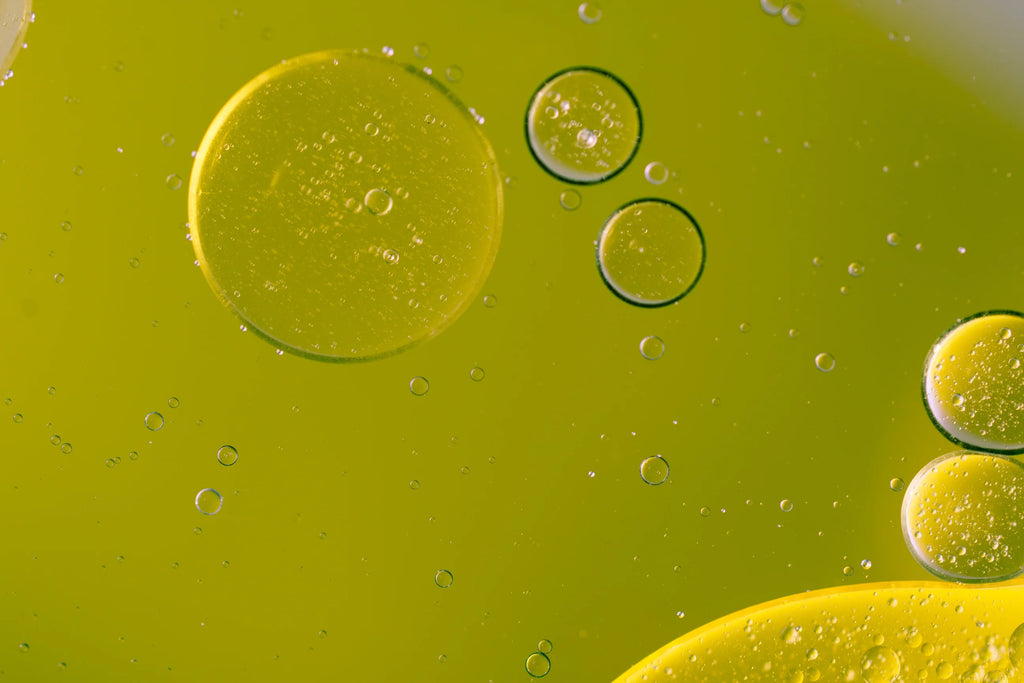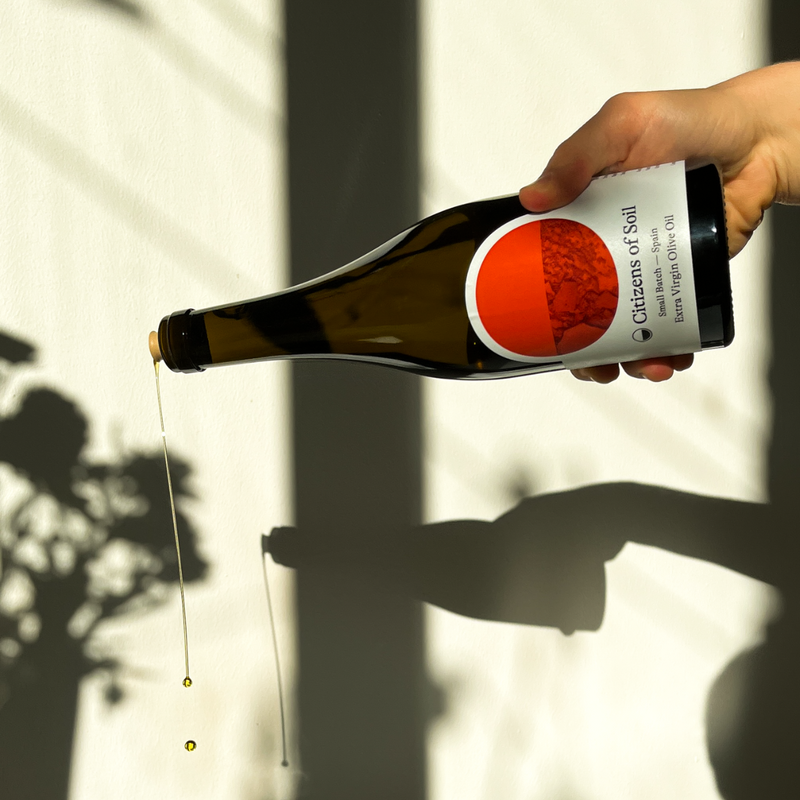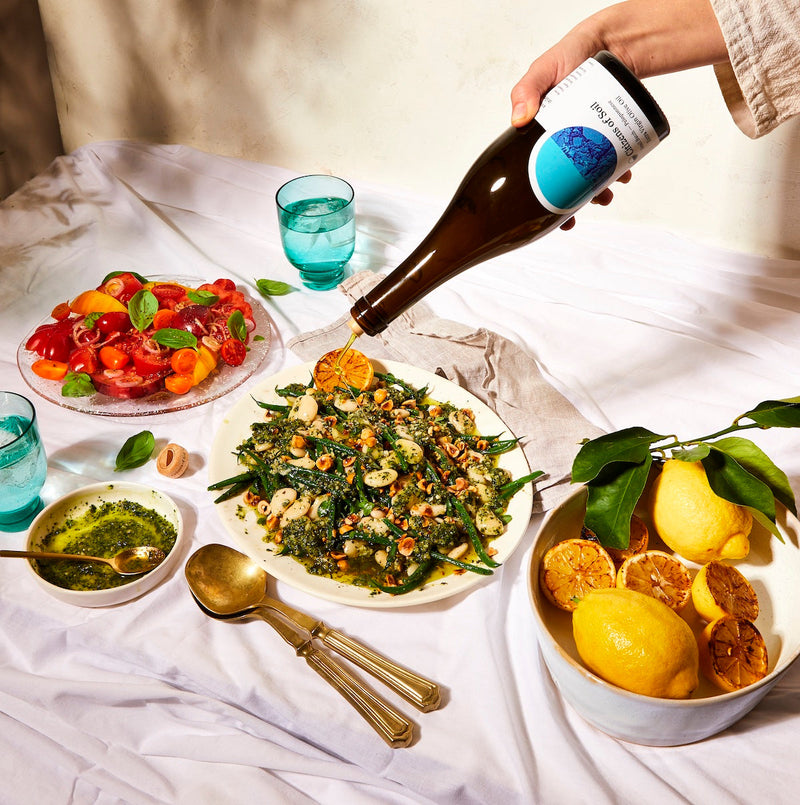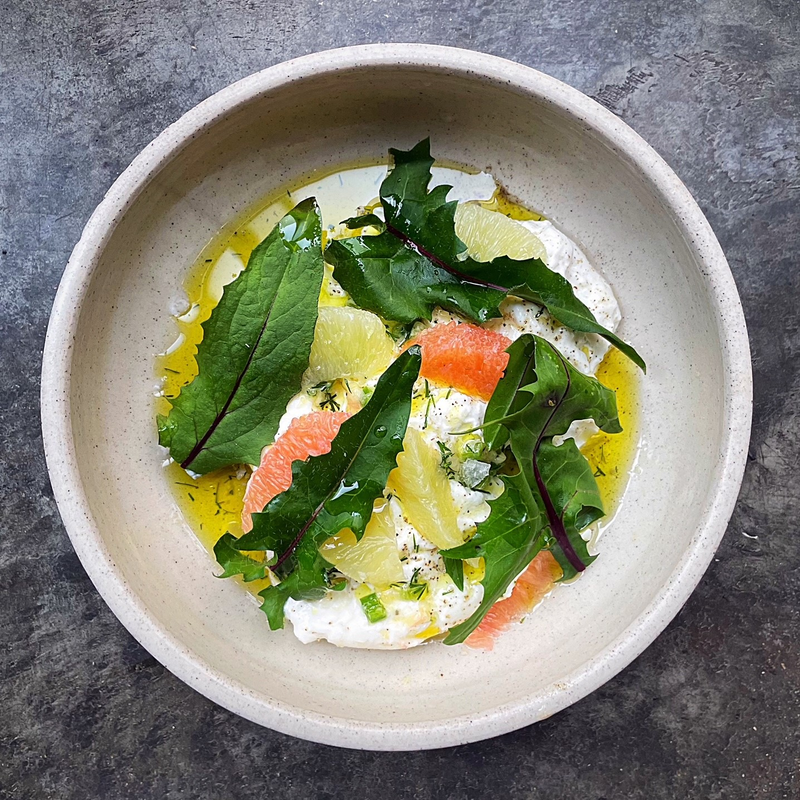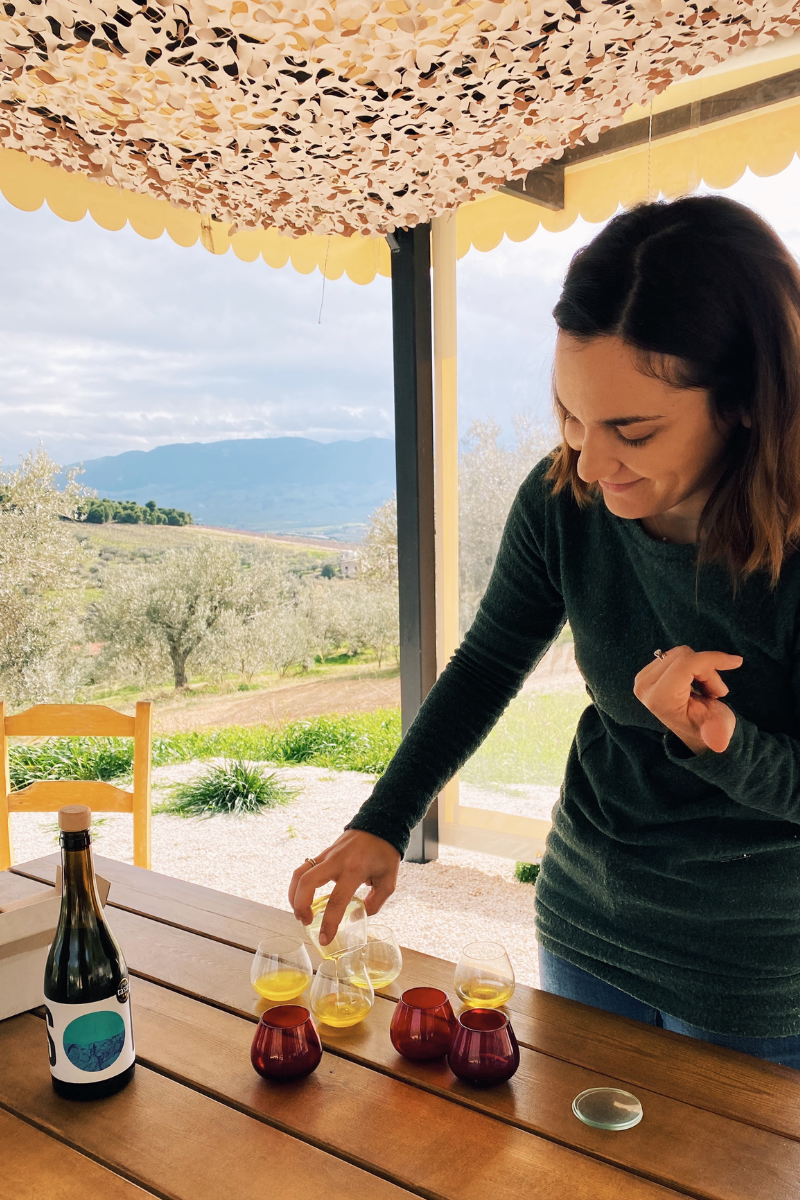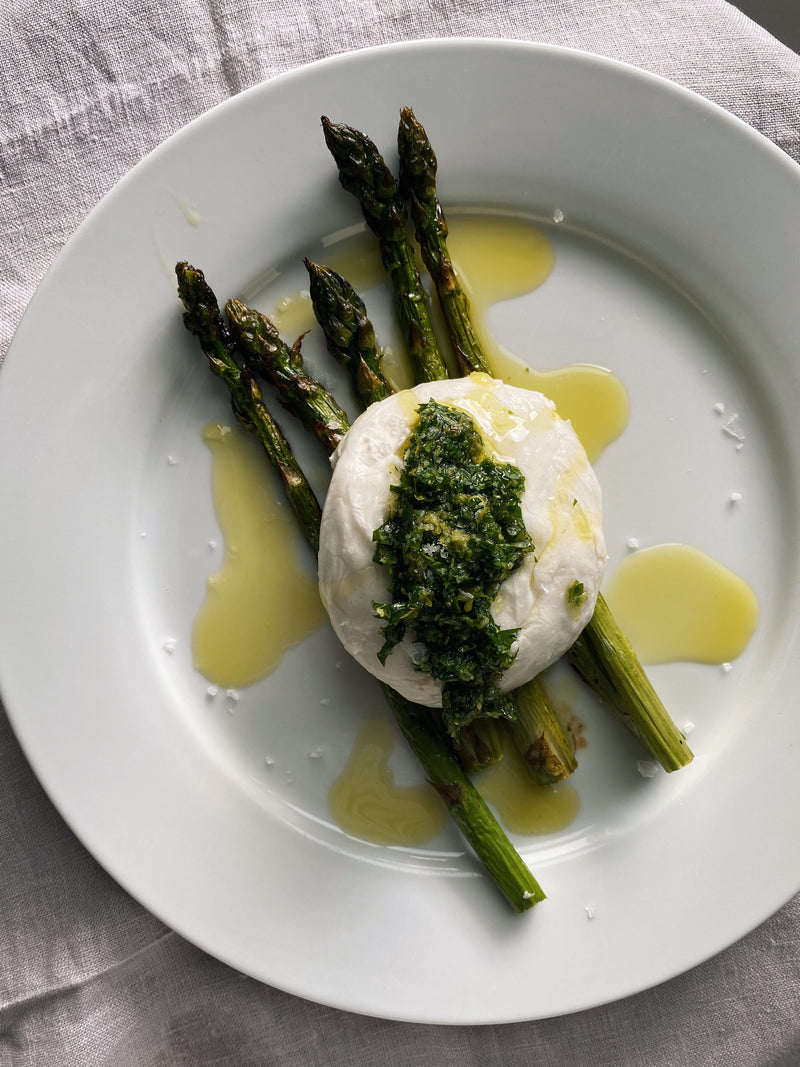The fakes, the frauds, the scams: how to tell if your olive oil is the real deal
The olive oil industry is rife with fraud. Which actually came as quite a surprise to us when we first started researching the business. Mind-boggling stats from experts saying that some 80% of olive oil could be mislabeled and story after story of the mafia’s involvement showed the darker underbelly of something typically associated with sprucing up salads and dipping breads.
But that’s the thing about so many of our kitchen staples; they’re massive commodities and traded as such. Their identity is stripped away the moment they leave the farm and all integrity is lost in exchange for bulk volumes to export across borders.
For years, Italian oil has been the gold standard. Not as much by quality as by marketing. But the “Italian extra virgin” most people actually buy, explains a 2016 Forbes article, might be anything but. “Much of the extra virgin Italian olive oil flooding the world’s market shelves is neither Italian, nor virgin.”
This comes down to simple numbers. Italy makes just 15% of the world's olive oil, but is the second largest exporter. (Hmmm). For reference, Spain is the top producer, making 45% of the global market (though at significantly lower prices—some 60% cheaper).
Not to call out one particular country, though. Evidence of olive oil fraud dates back to our Roman ancestors who, across the region, were already on the case with “several anti-fraud measures, including clear labelling and a primitive form of ‘traceability’,” explains a 2012 article in The Guardian.
What’s actually in 'olive' oil can often end up as quite low-quality or as a mix of downright dubious origins. In some cases, it’s not not even pure olive oil—coming from other oil types all together with a little extra virgin olive oil thrown in for aroma, colour and flavour or (or worse, with chemical additions to do the job).
The social impact can’t be avoided either. These ‘middle-men’ fragment supply chains and mix bulk oils, resulting in the original farmers and producers being removed from any tangible profit. They get squeezed and aren’t rewarded with any success (or cash) that the end product receives.
From a lack of clarity all the way to outright fraud—the heart of the issues lies in the ambiguity of it all. Transparency, in the most open and honest sense, is the only solution.
The devil is truly in the details here, which is why so many of those details are often not even disclosed. If a brand is not forthcoming with information, it should set off a red flag.
When buying an olive oil, particularly for the flavour or health benefits associated with a quality extra virgin, there are basic facts you should expect to be available (on the label, ideally). Here are the questions to ask:

Is this an extra virgin olive oil?
There are a few different oils that come from olives—and we do mean different. As in, not at all what you think you’re getting and certainly not close to the price a true extra virgin olive oil should cost.
- Extra virgin is pure 100% olive juice, with the oil extracted without any heat or chemical means. This means it’s just mechanical, such as a press or grind. It also must have low acidity by meeting the guidelines of less than 0.8 grams per 100 grams. By definition, this means it has no detectable flaws.
- Virgin olive oil is produced the same way, without chemicals, but has a higher acidity and some flaws. It ranges from the edible all the way to the “lampante”—which is considered not fit for human consumption.
- Olive oil (or refined olive oil) is really just a whole other animal. Without the “extra” or “virgin” in tow here, it means it’s just not at all what you think. It’s a blend that includes refined oils. Refined oils undergo additional processing with heat and / or chemicals to extras the oil. This removes any flaws that would make it unfit for sale, resulting in something odorless, colourless and tasteless. Then it’s typically mixed with a little extra virgin olive oil to give it a bit of life again and enhance the aromas, flavour and even look.
- Note: Light and the super deceptive “extra light olive oil” is also refined—meaning much less flavour and fewer nutrients remain. They also don’t have fewer calories than extra virgin olive oil—the “light” is about their colour since they have less good stuff in them.

When was this made? There should be a harvest date on the bottle.
This should be a precise month, not just the year. Olive oil is generally said to have a “best before” date of two years from the date it’s bottled if stored away from light, heat and air properly. That said, we recommend less than 18 months from harvest, especially for more vibrant, early-harvest and unfiltered extra virgin olive oils like ours. And, importantly, use within a few months of opening it to really experience it right.

Where, exactly, does this come from? Look for a precise region(s) of origin.
Don’t just believe that because it says it’s a Spanish olive oil that it means it’s 100% from Spain. Nothing wrong with a blend, but a producer should be transparent about the region or regions if that's the case.
If they can’t narrow it down to a small area, it’s a red flag about how they’re running their supply chain and how removed they are from the “first mile” of their olive oil (or, in this case, how little they know about the actual farmers making their product).

What types of olives are being used? The variety should be disclosed.
This is important because it shows a connection to the land and a respect for the integrity of the end product. Much like different types of grapes for wine or beans for coffee, the variety of olive will not only completely change the flavours (from something green, peppery and vegetal all the way to mellow, fruity and floral), but it can also affect its shelf life.
But again, we think it’s most important as it shows a genuine knowledge of the supply chain and care for the category as a whole.

Does this price make sense?
OK, so this is difficult, because so many things go into factoring cost.
“We need to review the relationships within the production chain, involving first of all the bigger food retailers, because it is unacceptable to see extra virgin olive oil bottles sold on their shelves for €3.00,” explained the president of the Italian farmers association, Coldiretti. Supermarkets aren’t doing any favours by pricing it less than it costs to produce.
In Greece this year, the market rates for extra virgin were going between €3-4 per kilogram. You factor in all of the other costs associated with transport, customs, and packaging and it makes it almost unbelievable that some bottles are going for less than a fiver on a UK shelf. Someone is getting squeezed—and it’s often the people at the very start of the process who are harvesting the olives.
Before even tasting the oil itself, looking out for these key details will move you much closer to buying (and enjoying) better quality oils.
Once you’ve got the information, the final step is the smell and taste.
Extra virgin olive oil doesn't just smell and taste like any old oil.
It can have a variety of flavours, but it has a taste of something real—not grease. Again, maybe it actually tastes like olives, or like a mix of vegetables (not to be confused with the bland taste of “vegetable” oil). Sometimes, like with an early harvest oil, that could mean grassy, artichoke or green tomato. Other common notes could be nutty like almonds, floral and fruity, and of course, peppery.
And finally, it’s important to note that there’s a new generation of olive oil brands out there now. They’re typically small, artisan and on the higher-end. They are sharing more details about their farmers, processing methods and even their specific quality indicators (much like we do with our open lab report to showcase the polyphenol information of our own extra virgin olive oil).
Our recommendation would be to start picking up new bottles from independent producers or folks you think are doing interesting stuff and have a little tasting session—much like you might do with wine, chocolate or coffee.
You’ll start to see the nuances and find what works for you in your own kitchen. And soon, like us, you'll probably start having a couple of options at home to brighten up a range of dishes as a core, and downright sacred, ingredient staple.








